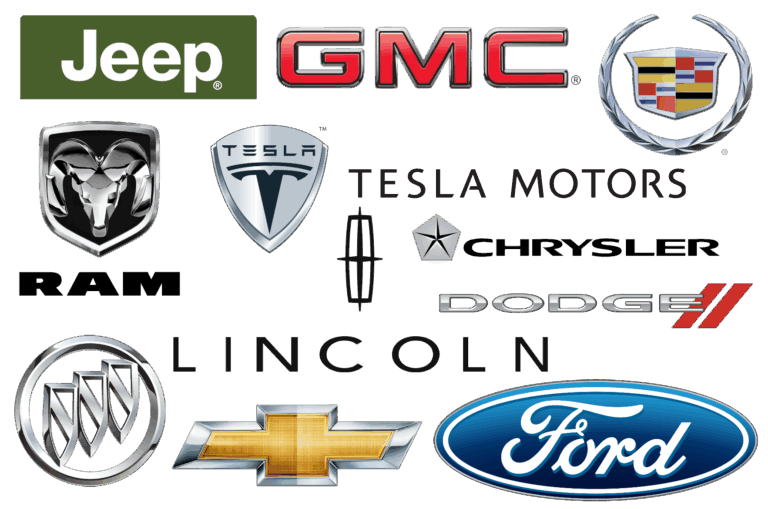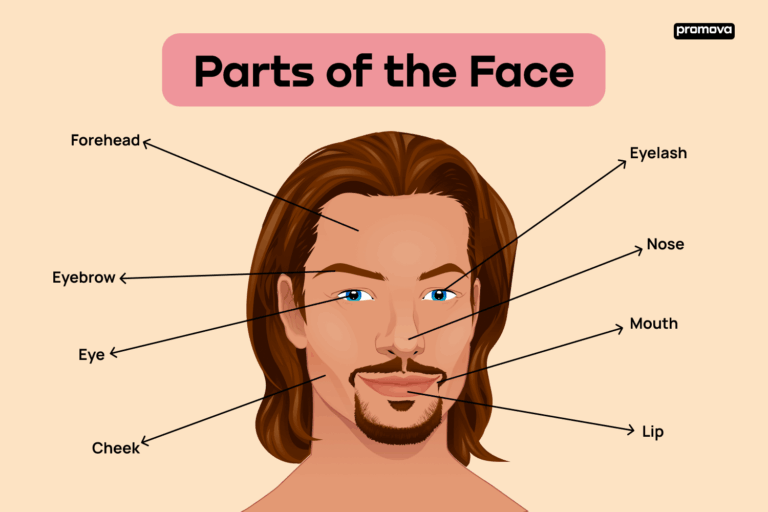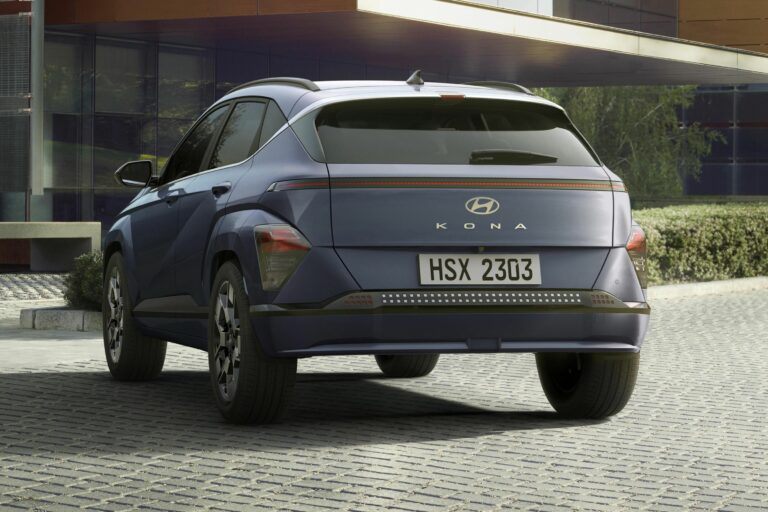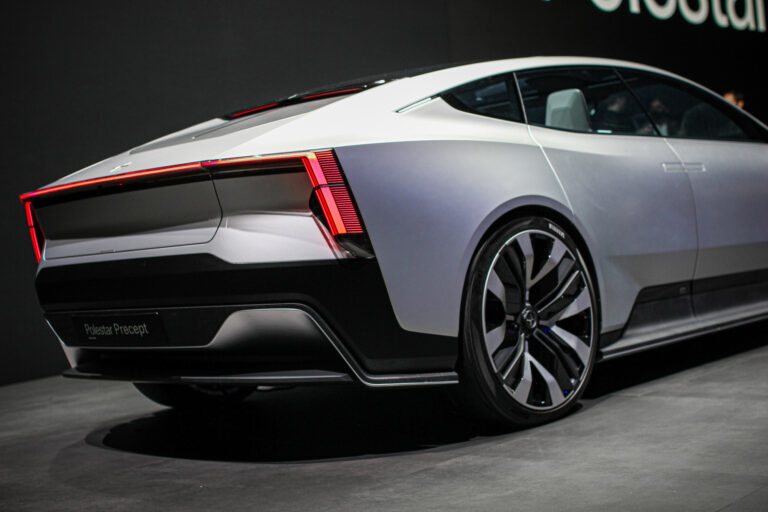2 Post Car Lift Brands: Elevating Your Automotive Workshop
2 Post Car Lift Brands: Elevating Your Automotive Workshop cars.truckstrend.com
The modern automotive landscape demands precision, efficiency, and safety, whether you’re a professional mechanic, a dedicated car enthusiast, or a DIY hobbyist. At the heart of many successful workshops lies a crucial piece of equipment: the car lift. Among the various types available, the 2 Post Car Lift stands out as an indispensable tool, renowned for its versatility, relatively compact footprint, and ability to elevate vehicles for comprehensive undercarriage access. This guide delves into the world of 2-post car lifts, exploring their fundamental aspects, key considerations, and highlighting two prominent brands that consistently deliver quality and reliability.
What is a 2 Post Car Lift and Why is it Essential?
2 Post Car Lift Brands: Elevating Your Automotive Workshop
A 2-post car lift, as its name suggests, consists of two vertical columns or "posts" that support lifting arms. These arms extend outwards to cradle the vehicle’s frame, allowing it to be safely raised several feet off the ground. This elevation provides unparalleled access to the vehicle’s undercarriage, making tasks like oil changes, tire rotations, exhaust repairs, transmission work, and suspension maintenance significantly easier, faster, and safer.
The importance of a 2-post car lift cannot be overstated. For professional garages, it translates to increased productivity, reduced labor time, and enhanced technician safety. For home users, it transforms a cramped garage floor into a functional workspace, eliminating the need for uncomfortable creeper boards or precarious jack stands. It’s an investment that pays dividends in efficiency, safety, and the overall quality of automotive work.
Delving Deeper: Types and Key Features of 2 Post Lifts
While all 2-post lifts share the core function of elevating a vehicle, they come with variations designed to suit different needs and workshop configurations. Understanding these types is crucial for making an informed purchase.
1. Symmetric vs. Asymmetric Lifts
- Symmetric Lifts: In a symmetric lift, the posts are positioned such that the vehicle’s weight is evenly distributed between them. The lifting arms are typically of equal length, allowing the vehicle to be centered in the bay. This design is excellent for heavier vehicles, trucks, and vans, providing maximum stability. However, the vehicle’s front bumper might extend slightly beyond the posts, which could be a minor inconvenience in tight spaces.
- Asymmetric Lifts: Asymmetric lifts feature posts that are rotated, and the front arms are shorter than the rear arms. This allows the vehicle to be positioned further back, shifting the center of gravity towards the rear of the lift. The primary benefit is that the vehicle’s doors can be opened more easily without hitting the lift columns, offering better access to the interior and engine bay. They are particularly popular in shops working on passenger cars and light trucks.

2. Clearfloor vs. Overhead Lifts
- Clearfloor Lifts (Overhead Beam): These lifts have an overhead beam connecting the two columns at the top. This design means there are no obstructions on the floor between the posts, allowing technicians to roll toolboxes, transmission jacks, or other equipment freely. The overhead beam houses the hydraulic hoses and equalization cables, keeping them out of the way and protected. They require adequate ceiling height.
- Overhead Lifts (Baseplate Lifts): Unlike clearfloor lifts, baseplate lifts have a steel plate running across the floor between the two columns. This plate protects the hydraulic hoses and equalization cables that run along the floor. Baseplate lifts are an excellent choice for garages with lower ceiling heights, as they don’t have an overhead beam. However, the baseplate can be a minor obstruction, requiring technicians to step over it.

3. Lifting Capacity and Power Requirements
2-post lifts come in various lifting capacities, typically ranging from 7,000 lbs for light-duty residential use to 15,000 lbs or more for heavy-duty commercial applications. It’s crucial to select a lift with a capacity that comfortably exceeds the heaviest vehicle you plan to lift. Most 2-post lifts operate on 220V power, often requiring a dedicated circuit. Some smaller models might be available in 110V, but they typically have lower capacities and slower lifting speeds.
Important Considerations Before Purchase and Installation
Acquiring a 2-post car lift is a significant investment that requires careful planning.

- Ceiling Height: This is perhaps the most critical factor. For clearfloor lifts, measure your ceiling height carefully to ensure the lift can fully extend without hitting the ceiling. Remember to account for the vehicle’s height when fully raised. Baseplate lifts are more forgiving in this regard.
- Concrete Requirements: The foundation on which your lift sits is paramount for safety. Most manufacturers specify a minimum concrete thickness (e.g., 4-6 inches) and strength (e.g., 3,000-4,000 PSI). Consult a structural engineer if you have any doubts about your existing slab.
- Installation Space: Beyond the lift’s footprint, you need adequate space around the lift for vehicles to enter and exit, and for technicians to work comfortably.
- Power Supply: Confirm you have the necessary electrical outlet (usually 220V) and that your electrical panel can handle the lift’s power demands.
- Safety Features: Look for lifts with automatic arm restraints, redundant safety locks, and an emergency stop button. ANSI/ALI ALCTV (Automotive Lift Institute/Automotive Lift Certification Program) certification is a strong indicator of a safe and tested product.
- Brand Reputation and Warranty: Research reputable brands known for their quality, customer service, and robust warranties. A good warranty provides peace of mind and protection for your investment.
- Professional Installation: While some DIY enthusiasts might attempt installation, it is highly recommended to have a professional, certified installer handle the job. Proper installation is critical for safety and optimal performance.
Practical Advice for Owners
- Daily Checks: Before each use, perform a quick visual inspection: check for hydraulic leaks, ensure cables are taut, and verify safety latches are engaging properly.
- Proper Vehicle Loading: Always center the vehicle on the lift arms, ensuring the lifting pads are securely positioned on the vehicle’s designated lift points (refer to the vehicle’s owner’s manual or a lift point guide).
- Lowering Safely: Always lower the vehicle onto the safety locks before working underneath. Only fully lower the vehicle when you are finished and the area is clear.
- Regular Maintenance: Follow the manufacturer’s recommended maintenance schedule, which typically includes lubricating moving parts, checking hydraulic fluid levels, and inspecting cables and chains for wear.
- Training: Ensure anyone operating the lift is properly trained on its safe and correct operation.
Challenges and Solutions
- Challenge: Limited Space. Solution: Consider asymmetric lifts for better door clearance or baseplate lifts for lower ceiling heights. Compact models designed for residential garages are also available.
- Challenge: High Initial Cost. Solution: While an investment, consider the long-term benefits in terms of safety, efficiency, and expanded capabilities. Some suppliers offer financing options. Explore reputable used lifts, but always have them inspected by a professional before purchase.
- Challenge: Complex Installation. Solution: Hire a certified professional installer. This ensures the lift is anchored correctly and all safety mechanisms are functioning as intended, mitigating risks.
- Challenge: Safety Concerns. Solution: Purchase ALI-certified lifts, adhere strictly to manufacturer guidelines, and implement a rigorous safety protocol including daily checks and proper training.
Two Prominent 2 Post Car Lift Brands
When it comes to reputable 2-post car lift brands, BendPak and Rotary Lift consistently emerge as industry leaders. Both offer a wide range of models known for their durability, safety features, and performance.
BendPak
BendPak is a highly recognized name in the automotive lift industry, known for its innovation and commitment to quality. They offer a comprehensive line of 2-post lifts, catering to everything from home garages to large commercial facilities. Their lifts are often praised for their robust construction, user-friendly features, and a wide array of capacities and configurations (symmetric, asymmetric, clearfloor, baseplate). BendPak emphasizes safety with features like automatic arm restraints, redundant safety locks, and durable components. They have a strong reputation for customer support and parts availability.
Rotary Lift
Rotary Lift is another titan in the automotive lift world, with a history spanning over 90 years. They are known for engineering excellence, heavy-duty construction, and a strong focus on safety and reliability, particularly in commercial and industrial settings. Rotary lifts are often considered workhorses, built to withstand rigorous daily use. They offer various 2-post models, including the popular SPOA series (asymmetric overhead) and the SP series (symmetric overhead or baseplate). Their commitment to quality and extensive dealer network makes them a top choice for professional shops.
Price Comparison Table: Representative 2 Post Car Lift Models
Please note that prices are estimates and can vary significantly based on the dealer, specific model features, capacity, accessories, installation costs, and market fluctuations. It is always recommended to get a direct quote from an authorized dealer.
| Brand | Model Type (Example) | Capacity (lbs) | Configuration | Typical Features | Estimated Price Range (USD)* |
|---|---|---|---|---|---|
| BendPak | XPR-10S (Symmetric) | 10,000 | Clearfloor | Tru-Metric™ Design, Dual-Synch™ Cables, Dura-Glide™ Nylon Sliders, ALI Certified | $4,500 – $6,500 |
| XPR-10AS (Asymmetric) | 10,000 | Clearfloor | Asymmetric Arm Design, True Asymmetric Capable, ALI Certified | $4,700 – $6,800 | |
| XPR-9S (Symmetric) | 9,000 | Baseplate | Low Ceiling Friendly, Dual-Synch™ Cables, ALI Certified | $4,000 – $5,800 | |
| Rotary | SPOA10 (Asymmetric) | 10,000 | Clearfloor | Original Asymmetric Design, TRIO™ Arm System, Shockwave™ Option, ALI Certified | $6,000 – $8,500 |
| SPO10 (Symmetric) | 10,000 | Clearfloor | Max-Lift™ System, Single Point Lock Release, ALI Certified | $5,800 – $8,000 | |
| SP10 (Symmetric) | 10,000 | Baseplate | Lower Ceiling Friendly, Overhead Safety Cutoff, ALI Certified | $5,500 – $7,500 |
*Prices do not include shipping, sales tax, or installation. These are general ranges for base models and can fluctuate.
Frequently Asked Questions (FAQ)
Q1: How much ceiling height do I need for a 2-post lift?
A1: For a clearfloor (overhead beam) lift, you typically need at least 12-14 feet of ceiling height, depending on the lift model and the height of the vehicles you plan to lift. Baseplate lifts are more suitable for lower ceilings, often requiring 10-11 feet. Always check the specific lift’s specifications.
Q2: Can I install a 2-post lift myself?
A2: While technically possible for experienced DIYers, professional installation is highly recommended. It ensures the lift is anchored correctly to your concrete slab, all safety features are properly calibrated, and the lift operates safely. Improper installation can lead to serious accidents.
Q3: What’s the difference between symmetric and asymmetric lifts?
A3: Symmetric lifts position the vehicle centrally between the posts, ideal for even weight distribution and larger vehicles. Asymmetric lifts rotate the posts and have shorter front arms, allowing the vehicle to be positioned further back, providing better door clearance and interior access, popular for passenger cars.
Q4: Do I need special concrete for a 2-post lift?
A4: Yes. Most 2-post lifts require a minimum of 4-6 inches of reinforced concrete (usually 3,000-4,000 PSI) that is fully cured. Consult the lift manufacturer’s specifications and, if unsure, a structural engineer.
Q5: How often should I maintain my 2-post lift?
A5: Follow the manufacturer’s guidelines, but general maintenance typically includes daily visual checks, monthly lubrication of moving parts, checking hydraulic fluid levels, and annual professional inspections (especially for commercial use).
Q6: Are all 2-post lifts safe?
A6: Not all lifts are created equal. Look for lifts that are ALI Certified (Automotive Lift Institute). This certification indicates the lift has been independently tested and meets stringent safety and performance standards. Always prioritize safety features like automatic arm restraints and redundant locking mechanisms.
Conclusion
A 2-post car lift is a transformative addition to any automotive workspace, significantly enhancing safety, efficiency, and capabilities. By understanding the different types, considering crucial factors like ceiling height and concrete requirements, and opting for reputable brands like BendPak and Rotary Lift, you can make an informed decision that serves your needs for years to come. Remember, the investment in a quality, ALI-certified lift, coupled with proper installation and adherence to safety protocols, is an investment in your productivity, peace of mind, and the longevity of your automotive passion or business. Choose wisely, operate safely, and elevate your work to new heights.






